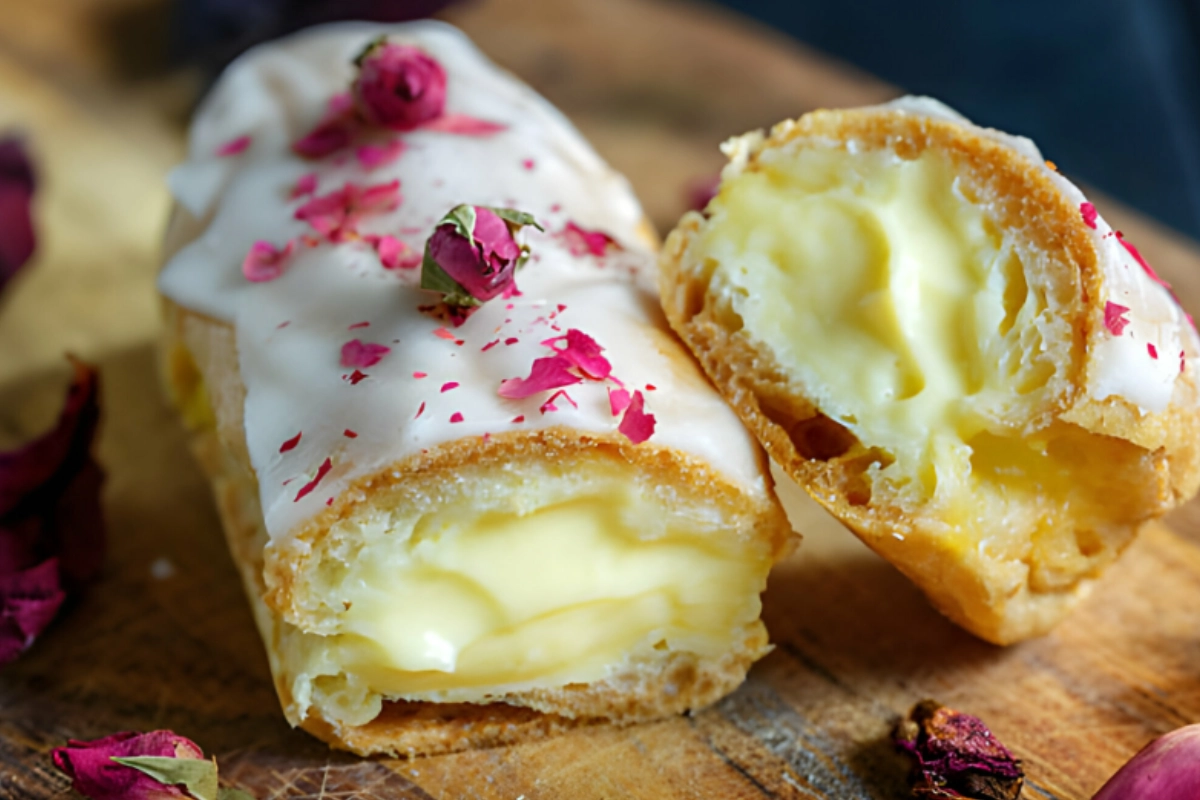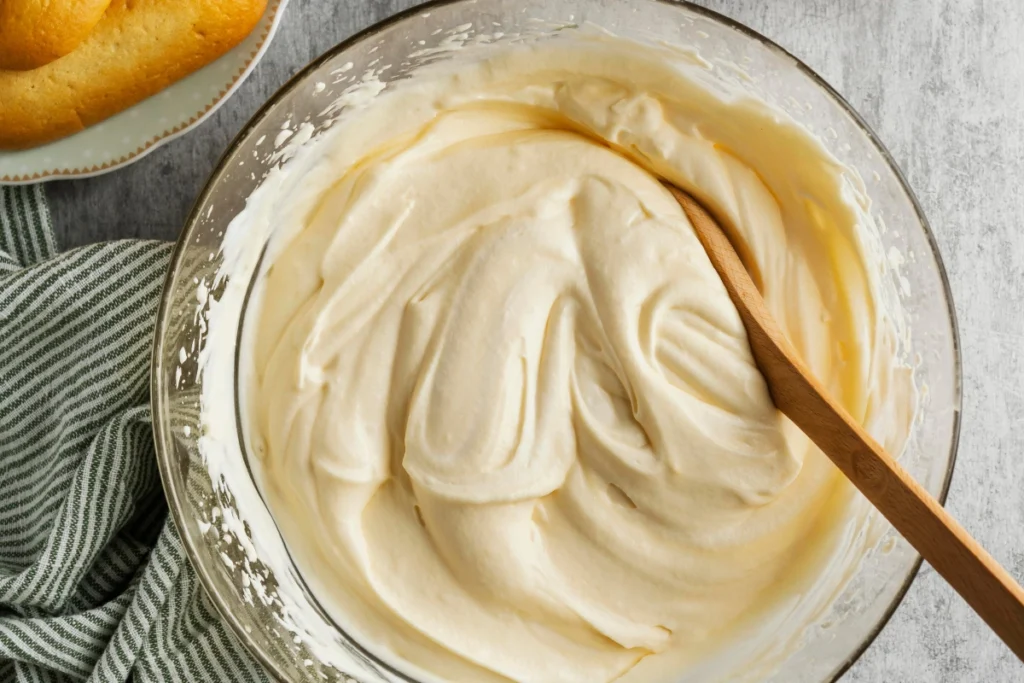When exploring the world of baking and dessert-making, two key ingredients often come into play: custard sauce and pastry cream. While they may seem similar at first glance, understanding their distinct characteristics is crucial for any aspiring baker or culinary enthusiast.
- Custard sauce, also known as créme anglaise, is a staple in British cuisine, known for its smooth, liquid consistency.
- On the other hand, pastry cream or créme pâtissière, often associated with French pastries, stands out with its thicker texture.
This introduction sets the stage for a deeper dive into the nuances that differentiate these two essential components in the culinary arts.
Definition and Origins
Understanding the definition and origins of custard sauce and pastry cream is key to appreciating their roles in culinary arts.
- Custard Sauce (Créme Anglaise)
- A classic British dessert, custard sauce is known for its silky, runny consistency.
- Made primarily from eggs, cream, sugar, and often vanilla, it’s a versatile accompaniment to many desserts.
- For those interested in cake recipes, the article on Cake Recipe with Custard Filling provides a practical application of custard sauce.
- Pastry Cream (Créme Pâtissière)
- Originating from France, pastry cream is a thicker, more structured counterpart.
- Its base is similar to custard sauce, but the addition of cornstarch gives it a distinctive body.
- To explore its French origins and applications, refer to LEAFtv’s comprehensive guide.
These two components, though similar in base ingredients, have evolved distinctly, reflecting their unique cultural origins and culinary applications.
Key Differences Between Pastry Cream and Custard
The distinction between pastry cream and custard lies in their ingredients, preparation, and consistency, making each unique in the culinary world.
- Ingredients and Preparation
- Custard sauce is simpler, requiring just eggs, cream, sugar, and sometimes vanilla.
- Pastry cream includes these ingredients but crucially adds cornstarch or flour for thickening.
- The preparation of custard sauce involves gentle heating to avoid curdling, while pastry cream requires more careful cooking due to the starch.
- Texture and Consistency
- Custard sauce is known for its smooth, liquid texture, ideal for pouring.
- Pastry cream, on the other hand, is thicker and holds its shape, perfect for filling pastries.
- The cornstarch in pastry cream not only thickens but also stabilizes it.
- Culinary Applications
- Custard sauce is often used as a pouring sauce for desserts like puddings and fruit.
- Pastry cream’s firm texture makes it suitable for filling éclairs, tarts, and other baked goods.
- For a deeper exploration of custard in baking, the article on What is Custard Filling Made Of offers additional insights.
Understanding these key differences helps in selecting the right component for each culinary creation, ensuring both texture and flavor are perfectly matched to the dish.


